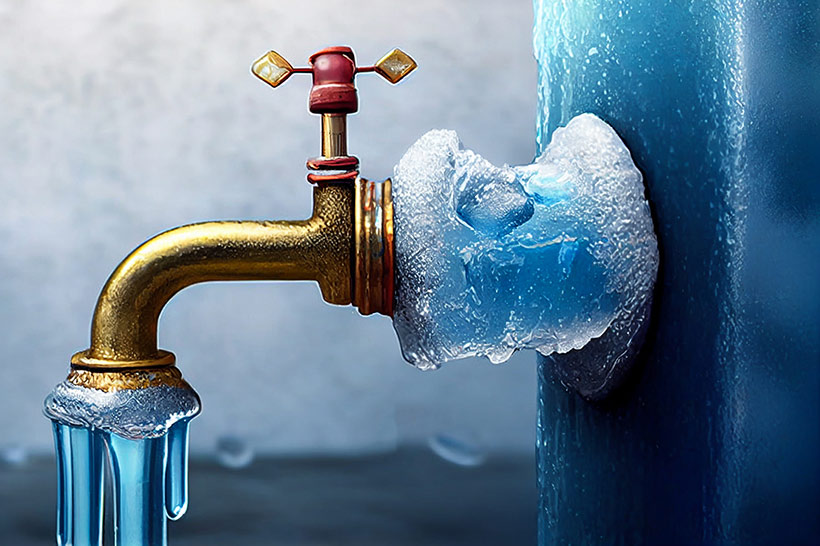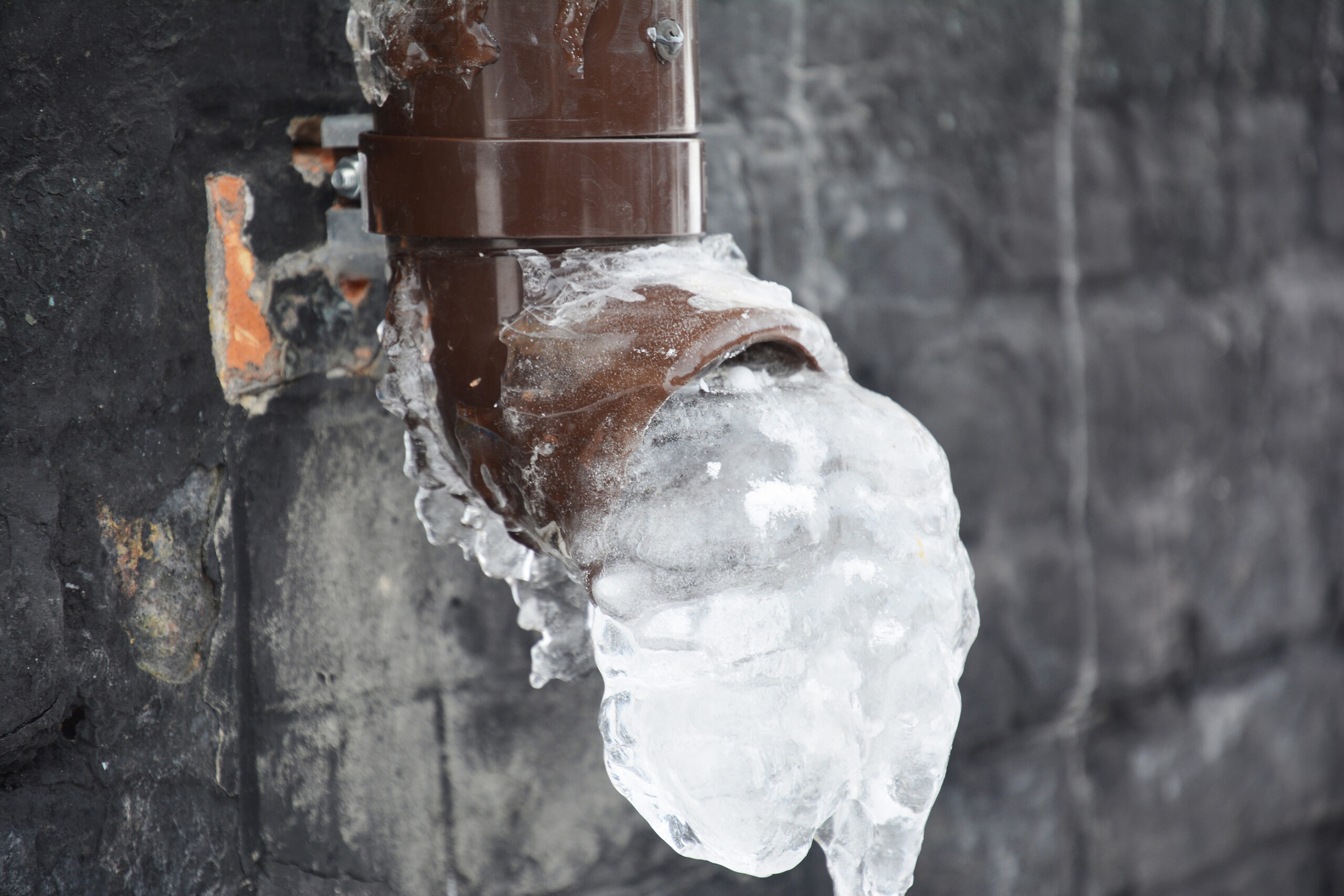Ways to Prevent Frozen Pipes in Winter: Pro Tips
Call TodayWe have unearthed the article on Prevent Frozen Pipes listed below on the net and think it made sense to talk about it with you on my blog.

Cold weather can wreak havoc on your pipes, especially by freezing pipes. Right here's how to prevent it from taking place and what to do if it does.
Intro
As temperature levels decrease, the danger of icy pipelines increases, possibly leading to pricey fixings and water damage. Comprehending exactly how to prevent icy pipes is vital for homeowners in cold environments.
Avoidance Tips
Shielding at risk pipes
Cover pipelines in insulation sleeves or make use of heat tape to safeguard them from freezing temperatures. Concentrate on pipelines in unheated or exterior locations of the home.
Heating strategies
Maintain indoor spaces sufficiently heated, particularly areas with plumbing. Open cabinet doors to allow cozy air to flow around pipes under sinks.
Exactly how to recognize icy pipes
Seek lowered water flow from taps, unusual odors or sounds from pipelines, and noticeable frost on revealed pipelines.
Long-Term Solutions
Architectural changes
Take into consideration rerouting pipes far from exterior walls or unheated areas. Add added insulation to attic rooms, cellars, and crawl spaces.
Upgrading insulation
Buy premium insulation for pipes, attics, and walls. Correct insulation aids preserve consistent temperature levels and decreases the threat of icy pipes.
Securing Exterior Plumbing
Garden pipes and exterior taps
Separate and drain pipes yard tubes before winter season. Set up frost-proof spigots or cover outdoor faucets with insulated caps.
Recognizing Icy Pipelines
What triggers pipes to freeze?
Pipes ice up when revealed to temperature levels below 32 ° F (0 ° C) for extended periods. As water inside the pipes ices up, it increases, putting pressure on the pipe wall surfaces and possibly causing them to break.
Dangers and damages
Icy pipes can result in water disruptions, building damage, and costly repairs. Burst pipelines can flood homes and cause substantial structural damage.
Indicators of Frozen Water Lines
Identifying icy pipes early can avoid them from bursting.
What to Do If Your Pipes Freeze
Immediate activities to take
If you believe frozen pipes, maintain taps open to soothe pressure as the ice melts. Use a hairdryer or towels soaked in hot water to thaw pipes slowly.
Final thought
Protecting against frozen pipes requires proactive steps and quick responses. By understanding the causes, indicators, and safety nets, home owners can protect their plumbing throughout cold weather.
5 Ways to Prevent Frozen Pipes
Drain Outdoor Faucets and Disconnect Hoses
First, close the shut-off valve that controls the flow of water in the pipe to your outdoor faucet. Then, head outside to disconnect and drain your hose and open the outdoor faucet to allow the water to completely drain out of the line. Turn off the faucet when done. Finally, head back to the shut-off valve and drain the remaining water inside the pipe into a bucket or container. Additionally, if you have a home irrigation system, you should consider hiring an expert to clear the system of water each year.
Insulate Pipes
One of the best and most cost-effective methods for preventing frozen water pipes is to wrap your pipes with insulation. This is especially important for areas in your home that aren’t exposed to heat, such as an attic. We suggest using foam sleeves, which can typically be found at your local hardware store.
Keep Heat Running at 65
Your pipes are located inside your walls, and the temperature there is much colder than the rest of the house. To prevent your pipes from freezing, The Insurance Information Institute suggests that you keep your home heated to at least 65 degrees, even when traveling. You may want to invest in smart devices that can keep an eye on the temperature in your home while you’re away.
Leave Water Dripping
Moving water — even a small trickle — can prevent ice from forming inside your pipes. When freezing temps are imminent, start a drip of water from all faucets that serve exposed pipes. Leaving a few faucets running will also help relieve pressure inside the pipes and help prevent a rupture if the water inside freezes.
Open Cupboard Doors
Warm your kitchen and bathroom pipes by opening cupboards and vanities. You should also leave your interior doors ajar to help warm air circulate evenly throughout your home.

I ran across that entry about Winter Plumbing Precautions: Preventing Frozen Pipes when browsing on the internet. Enjoyed our blog posting? Please share it. Help others find it. Thank you so much for your time spent reading it.
Make An Appointment